How fast did Aquaponics arrive on the agricultural scene? Aquaponics like Hydroponics has been around for centuries; but the emergence of Aquaponics Agri-Tech is making a big splash on the world stage in the new Millenium. When Aquaponics USA, LLC stepped into the internet in 2009, a Google search of the word “aquaponics” resulted in about 2,000 results. Today, a Google search of the word, “aquaponics” results in no results as, for some unknown reason, Google has changed its algorhythm to not share that information. But based on the result we got in 2023, when Google was sharing this important informaiton, which was almost 8 Million results, we're estimating that there are approximatel 9 million results in mid 2025. That’s some really fast growth in 16 years. And we're proud to say our Sister Company, Aquaponics USA, our small-scale School and Home System Company, that was one of the only Aquponics companies out there in 2009 is on Page 2.
So what is Aquaponics? It’s a food growing technology in which the waste from live fish is used as the nutrient source for growing vegetables and fruits. An Aquaponics system cross-links the fish tank with the vegetable grow beds and a natural biological process called nitrification breaks down the fish waste so it can fertilize the plants with the nutrient rich water. In many ways, Aquaponics is like Hydroponics except the fish take the place of the nutrients that have to be added to a Hydroponic system. And the fish become the second crop in this multi-cropping food growing system.
Unlike Hydroponics systems that can be recirculating or non-recirculating systems, Aquaponics systems are always recirculating their water and none of the nutrient rich water ever leaves the system or wears out or needs to be discarded or replaced (with few exceptions). One exception to this continuous recirculation of the same nutrient rich water condition occurs if the Aquaponics system water becomes unstable due to high ammonia, nitrate or pH levels and the last resort is what is called a water exchange, which is the elimination of much of the system water and the replacement of that water with fresh water. Water exchanges occur infrequently in Aquaponics food growing systems.
Aquaponics food growing technology is riding high on the shoulders of Hydroponics in that it has borrowed much of the advances that Hydroponics has made since it’s major introduction into agriculture by the UC Berkeley team led by William Gericke. Aquaponics uses NFT, Flood and Drain, Deep Water Culture, Aeroponics and Satellite methods of growing just like Hydroponics. It also uses a method of water delivery which is called Continuous Flow where the water is exchanged but stays in the media Grow Beds continuously.
Aquaponics systems that use Grow Beds divide along the lines of types of Grow Beds. There are media Grow Beds and Deep Water Culture Grow Beds that are often referred to as Raft Systems in which the Grow Beds take the shape of long troughs.
The above pictures demonstrate the three basic types of Aquaponic Grow Beds, making it clear that Aquaponics has borrowed its food growing Agri-Tech directly from Hydroponics. This fact makes things a bit confusing for the layman as they mix up the two very similar words not realizing the main difference between these two food growing technologies is Hydroponic Chemicals are used in Hydroponics and Fish are used in Aquaponics to fertilize the crops.
The first picture illustrates a Flood & Drain Media Bed that uses any of the same types of media used in Hydroponics Systems including expanded clay, gravel and perlite. In these Grow Beds, the media also acts like a bio-filter and houses the naturally occurring friendly bacteria that break down the fish waste through the process of nitrification in which ammonia and nitrites are converted into nitrates, which the plants use as fertilizer. This first photo was taken in our California Greenhouse and features Oliver Duffy, our System Engineer who is a
retired NASA Engineer. This is one of his first System designs with his proprietary Bell Siphon. The Duffy Bell Siphon worked great, but Oliver didn't like how it took up space right in the middle of the Grow Bed so he scuttled it and is now using his proprietary Loop Siphon design that leaves our Deep Media Grow Beds unobstructed.
The middle photo illustrates the Deep Water Culture (DWC) Raft Systems where floating sheets of polystyrene with holes cut in them hold the plants, which are sitting in net pots that are suspended in the water. In these systems, a separate bio-filtering device is needed to convert the fish waste into a usable nutrient rich nitrate solution for the plants.
The photo on the right illustrates the Nutrient Film Technique (NFT) where the nutrient rich water is run through a narrow trough where the roots are continuously bathed.
Just like with Hydroponics, these three very different Aquaponic Agri-Tech techniques grow different kinds of plants. The flood and drain media beds are best suited for growing larger flowering plants like tomatoes as those plants require a period of time (usually a 15 minute cycle) in which their roots are free of water and taking in lots of oxygen. The flowering plants are usually larger plants with large leaves and also need the media to hold them in place in their beds.
However, leafy greens, such as lettuce, will grow profusely in a continuous water environment and don’t need exposure to oxygen outside of the water in the trough or the kind of support the flowering plants need. So leafy greens are placed in DWC Raft systems and flowering plants are placed in Flood and Drain Media Grow Beds or as we mentioned in the Hydroponics Page, in Satellite Bucket Systems. Our BioPoinic Earth Demo Greenhouse has 3 types of these Grow Beds growing copious amounts of fruits and vegetables in our Micro Food Forever Farm.
The history of Aquaponics goes way back in time; but it’s modern version of Fish Tanks and Grow Beds is fairly young. For the past 40 years or so, Aquaponics was hiding out in University Research Labs and only emerged into the mainstream in the mid eighties. No discussion of the history of Aquaponics is complete without mentioning the Agricultural Experiment Station at the University of the Virgin Islands (UVI), St. Croix, under the direction of Dr. James Rakocy. Mr. Rakocy has earned world-wide recognition for over 25 years of work in refining Aquaponic systems and deserves credit for developing the first commercially viable Raft Aquaponics System and training countless individuals in the field of Aquaponics.
The pluses of Aquaponics food growing Agri-Tech are numerous, important and similar to Hydroponics except for the one important difference. Aquaponics raises Food Fish! During a time when it's clear we have overfished our oceans, that alone could save the World from famine.
1. Aquaponics grows food in dry deserts or frozen tundras and other areas where traditional agriculture is impossible.
2. Aquaponics grows food in areas where the growing season is short.
3. Aquaponics grows food using 90% less water than traditional agriculture.
4. Aquaponics grows food without needing large swaths of land or soil.
5. Aquaponics grows two crops, fish and vegetables, using the same water.
6. Aquaponics grows food faster and denser than traditional agriculture.
7. Aquaponics grows food within local communities thusly reducing the need to import or transport it.
8. Aquaponics grows Aquaganic™ Food (See our Aquaganic™ Page)
Go here to read pdf prepared by the University of Hawaii entitled On-Farm Food Safety: Aquaponics
Go here to read our E-Book by our Founder and System Engineer, Oliver Duffy: Aquaponics 101
Go here for your Aquaganic Certification Forms
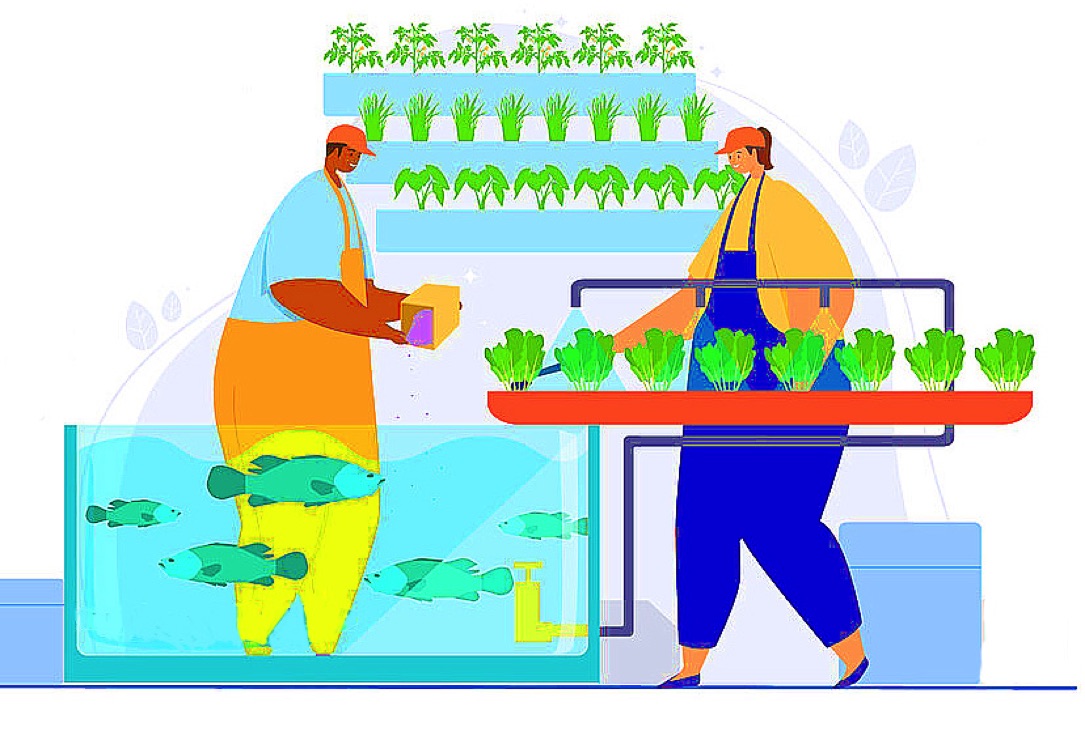
AQUAPONICS
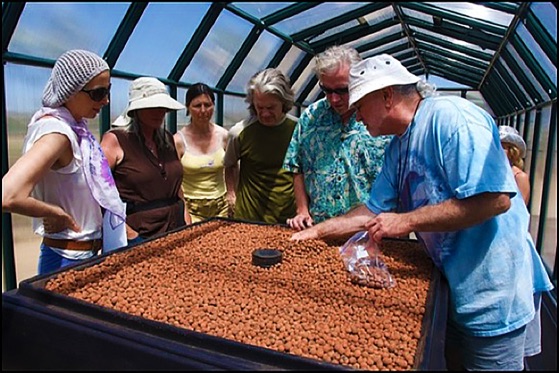
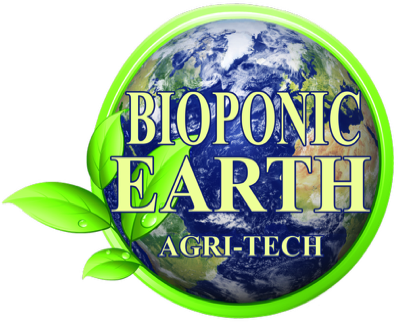
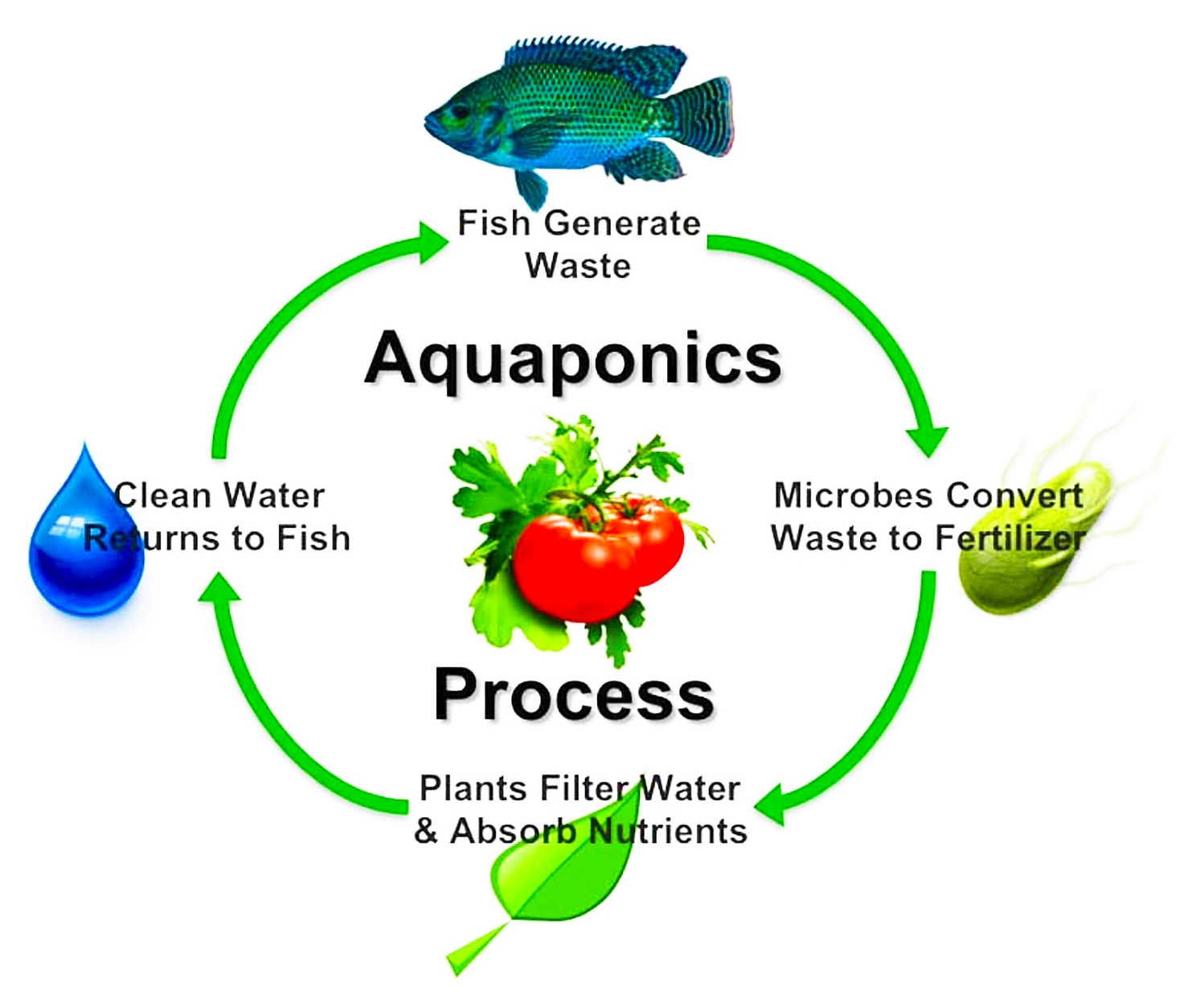
Aquaponics is all about the Fish. That's the "Aqua" part of the word, and it was borrowed from the word "Aquaculture", which is raising fish in Tanks for food. The "Ponics" part of the word is from Latin and means "Work". When you're doing Aquaponics, you're raising Fish and Plants in a cross-linked System where the Fish effluent fertilizes the plants and the plants clean the water for the Fish. Essentially, an Aquaponics Food Growing System is an Ecosystem.
Aquaponics is highly desirable during Food Shortages because you raise both vegetabes and Food Fish to supply all of your human consumption needs for both vegetables and protein. During these challenging times of possible Food Shortages, we are only offering Aquaponics Food Forever Farm Agri-Tech, which is why we are not discussing Nitraponics as a fish-less BioPonic Food Growing choice at this time.
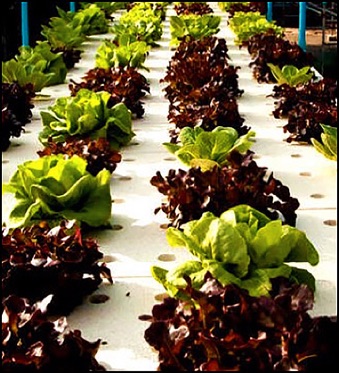
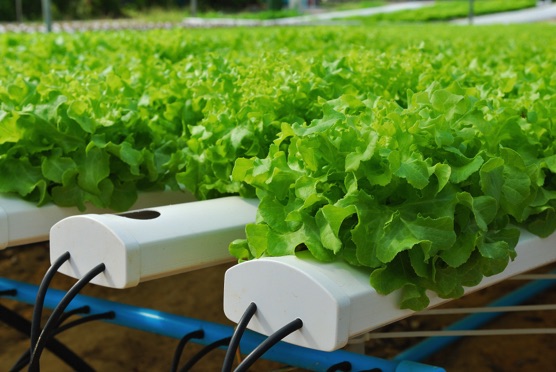
When it has become clear, Big Food, Big Ag and Big Chem have taken over your Food System, which is broken and toxic causing out of control obesity and illnesses like diabetes, isn't it time to grow your own food? BioPonic Earth will show you how to build a healthy, pesticide and GMO-Free Food Forever Farm. Just give us a Call at 760-671-3053. Let's take back our Food System together!